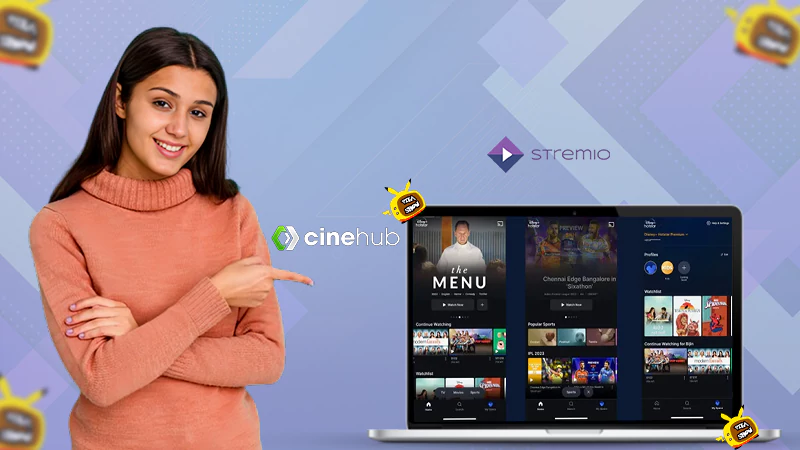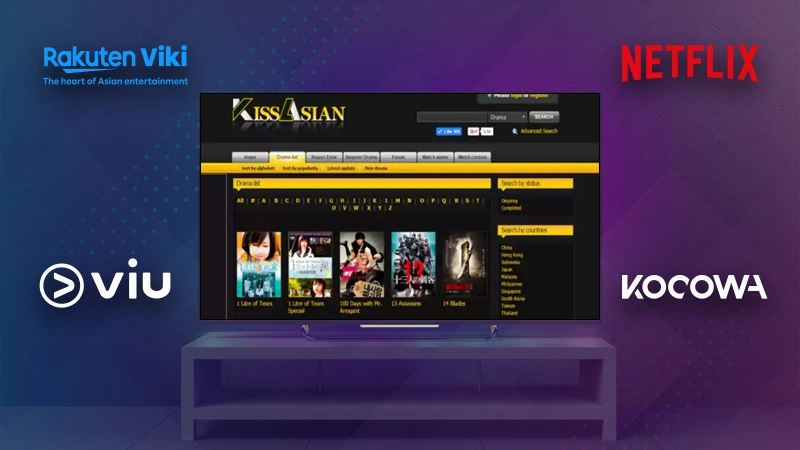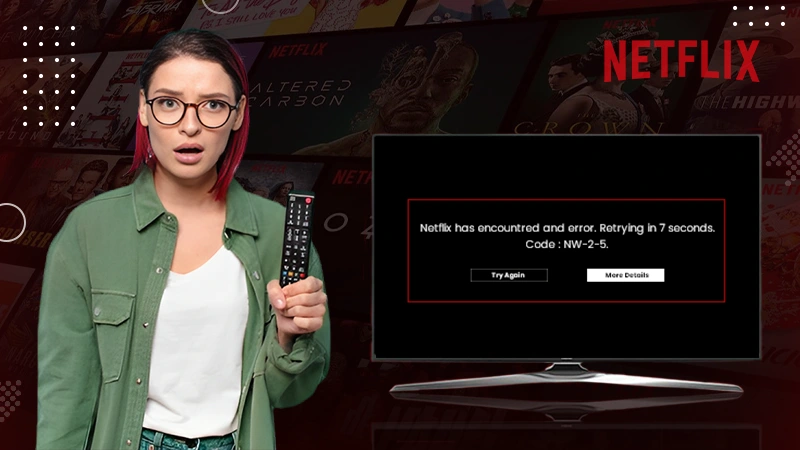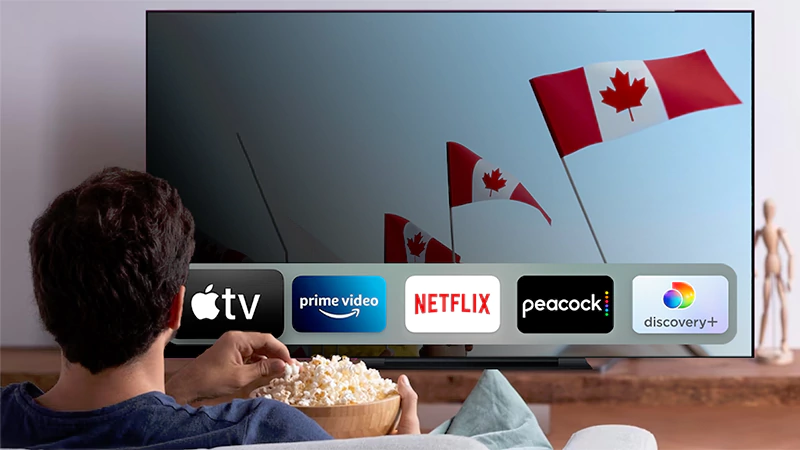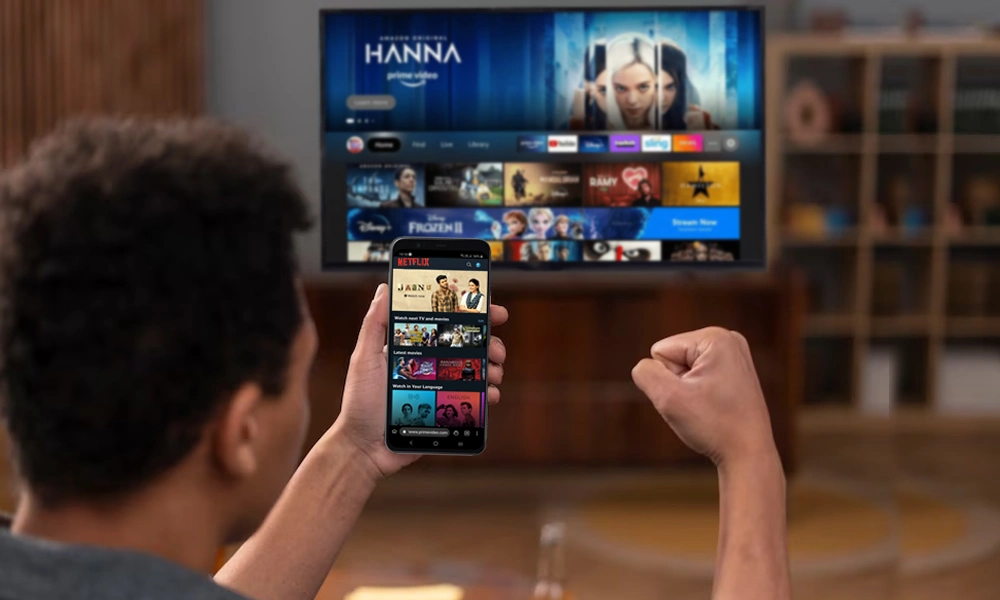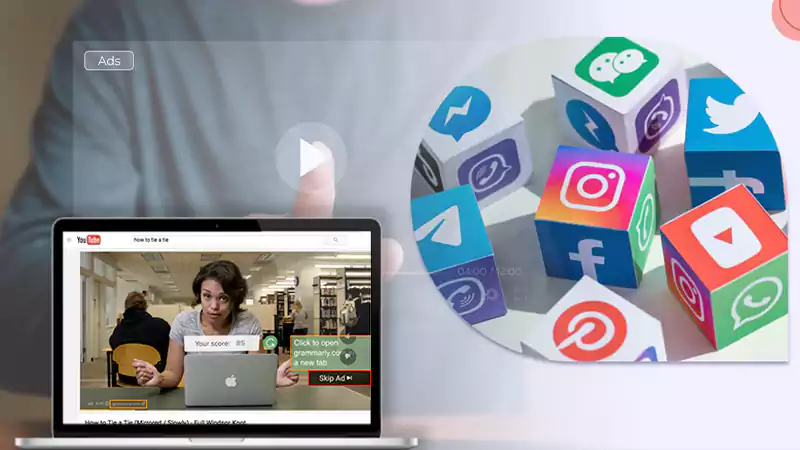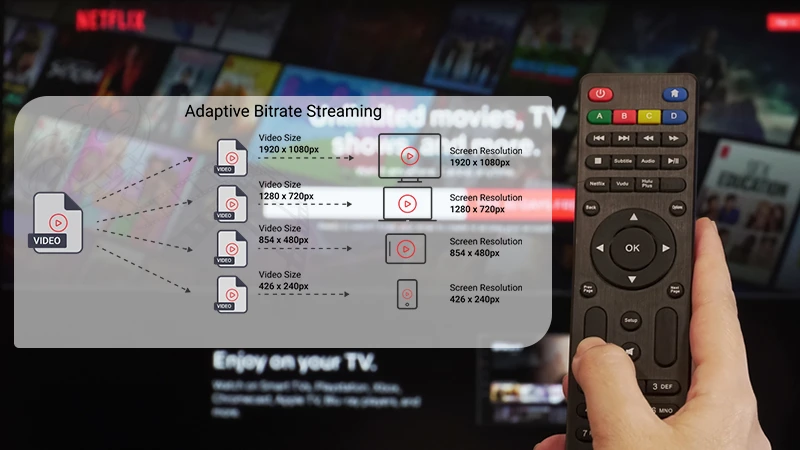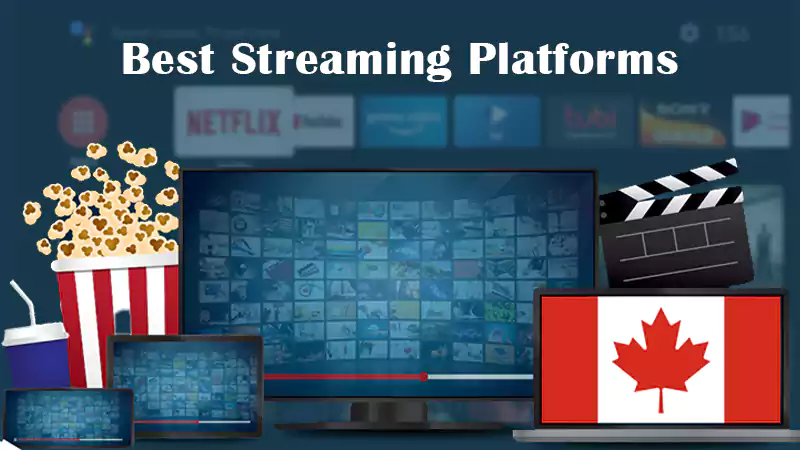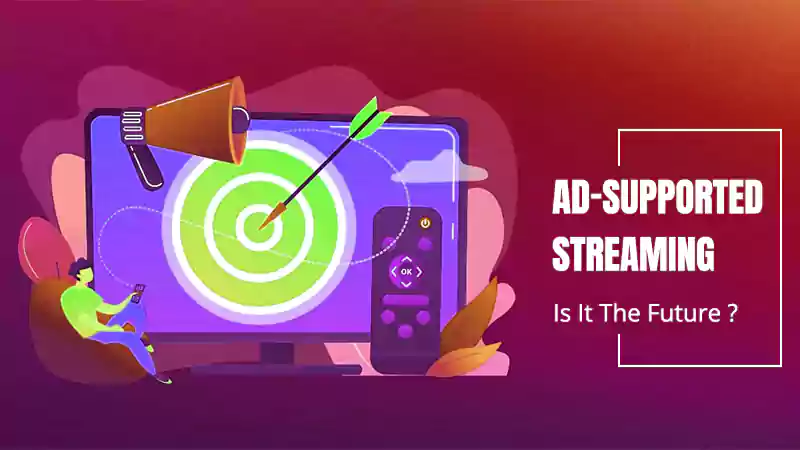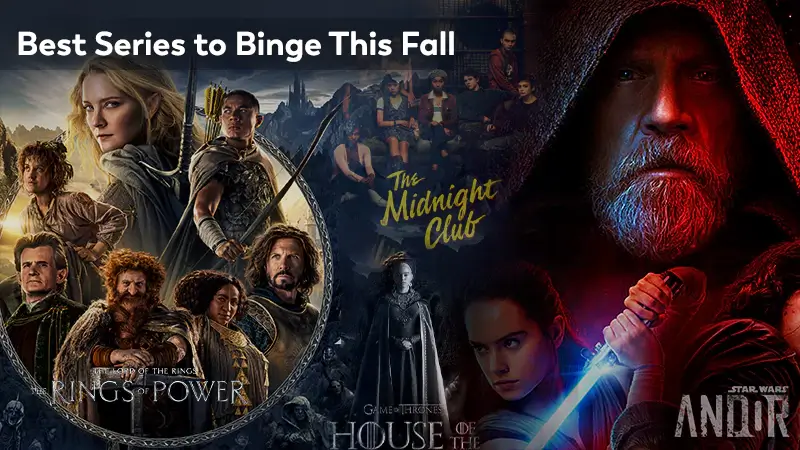How Technology Improves the Video Streaming Experience
Can you believe that not too long ago it was nearly impossible to stream content online at such high speed and easy accessibility as it is now? Today, we are so used to consuming content on YouTube and Netflix, and other platforms that it has become part of our routine. We don’t have to work ourselves up to stage a setting to stream videos online. With a simple tap, you have the global content at your fingertips. This proves our hypothesis: speed and unlimited bandwidth can take you places!
Streaming Experience – Then and Now
Did you know that in 2017, approximately 70% of the traffic on the internet was generated by video-based content? That number is expected to increase up to 82% by 2022. These aren’t useless numbers – they are guaranteed to the testament that with a robust infrastructure one can quickly and feasibly transport videos online.
Also Read:- 2023 Video Technology Trends: Device Reach is the Future of Streaming
Previously, you could not access streaming platforms, but that has changed today. You could tune in from any part of the world and still gain access using a VPN – for example, you can easily unblock HBO Max in Canada. Massive advancements and technology investments have given us a well-rounded and nurtured experience.
What started off rather prematurely is now a strong industry of mature components bound to bring revenue to unlimited bounds. In 2016, the industry was making over $30 billion and facilitating the world of on-demand streaming and video consumption via an array of devices; Smart TVs to smartphones and gaming consoles.
Although the journey kicked off with the intention of transporting large amounts of data to consumers, very little attention was paid to a product that was being offered. As a result, there was no importance given to the consumer who was actually making the stream possible. Not to suggest that the companies putting large chunks of their money were careless of the product they were showcasing, but the majority of them were simply not passionate enough.
Poor Infrastructure of Streaming Network
Where was the problem? The infrastructure, as we said earlier. The system that transforms a video from a camera to a video on a network and eventually a device ready to be consumed wasn’t uniform. The process ideally needed to be seamless, and on the contrary, every entity in the middle was owning and running with their own sense of purpose.
Whether it was the content creator or cable giants or the broadcasters or even the internet providers – each party had a critical role, but each of them had a selfish interest. Thus, the final product was not matching the aspired standards.
Furthermore, every stage of the cycle has its own meaning and version of quality; this beats out all the odds of playing in uniformity. As a result, the project becomes narrow and directionless. So now, the user’s experience is the victim; they have many expectations crushed because of poor delivery of the product as well as the constant freezing or buffering of the stream.
From the cost to the overall streaming experience, everything bears the consequences and it makes the advertising much more challenging than before. Fingers are pointed, relationships are broken and sync is lost in translation.
What changed? Single metrics were developed that bought together similar quality expectations down on one sheet. Satisfaction levels were elevated with the improvement of video quality. When goals become achievable, the approach changes and the perspective becomes one. With that, the measurement tools were also developed and evolved to signal a neural and singular stream for advancement.
The development and employment of several built-in technologies erupted in this space to copy the human visual technicians and predict the behavior of an average human viewer – their satisfactory levels and satiation from a product. Hence, probes were hired at every stage of the delivery chain, along with artificial intelligence, to generate data that falls under the same quality score. When this technology was employed throughout the delivery chain, the video quality improved and coincided with the original quality metrics.
Many companies invested in elevating the interests of users by making their streaming experience better. Netflix, for instance, used video multi-method assessment fusion, which is essentially a machine learning tool that determines the quality of a video.
This tool is a great parameter of quality control of pre-recorded programs that make them great for binging on-demand. Another tool known as SSIMPLUS is also exercising, but that one serves well for live streaming content airing in real-time, like Super Bowl.
Further advancements were made on the delivery chain as it enhanced the video streaming experience of users. For example, tv screens with higher resolution were employed along with 5G adaptability with high-efficiency coding for a bigger and faster stream. But this must not be taken as the final stage; video streaming will continue to improve and employ new-age technology to enhance the experience of users. This is simply the beginning.
In Conclusion
Technology has played a crucial role in empowering the video streaming experience. Due to the lack of co-dependency and pre-nurtured partnerships, video streaming was poor in terms of user experience. This problem was diffused with the employment of VPN and cultivating similar quality metrics and modules of all parties involved.
Looking for Pikashow Alternatives? Check Out These 15…
Which Are the Best Websites to Watch Cartoons…
Everything You Need to Know About Kissasian and…
How to Fix Netflix Error Code NW-2-5: A…
Best Streaming Platforms to Binge-Watch Thrilling Shows in…
Why is an Online Streaming Platform Better Than…
2023 Video Technology Trends: Device Reach is the…
Why Ads on Streaming Attract more users than…
What Bitrate Should I Stream At?
Best Streaming Platforms You Should Know in Canada…
What is Ad-Supported Streaming? Is It the Future?
11 Best Series to Binge This Fall

